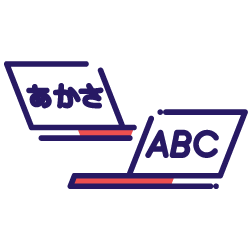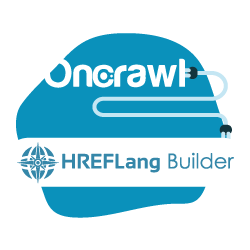International and multilingual websites face two basic difficulties: how to provide users with the right localized content, and how to keep Google from mistaking localized content–especially when two countries use the same language–for duplicate content. Hreflang provides a solution to both issues by explicitly declaring the target language (and, optionally, region) for a page.
Tips and tricks for using hreflang declarations
Google uses hreflangs as guidelines when determining the language of a page, to decide which region to serve a version of a page to, and to promote a new translation of an already-ranked page.
- Use Oncrawl’s feedback to avoid adding hreflang declarations to no-index pages
- Analyze hreflangs even when your translations are hosted on a different ccTLD domain
- Oncrawl helps you avoid common errors in country and language codes
Validating your hreflang implementation with Oncrawl
Oncrawl analyzes all groups of pages linked by hreflang declarations in order to determine whether these “clusters” of translations are correctly set up. This approach lets you find quick answers to important questions related to hreflang use:
- Find pages without translations into a give language based on hreflang declarations in html, page headers, or sitemaps
- Catch instances where hreflang declarations aren’t reciprocal
- Make sure pages include an hreflang declaration to themselves












